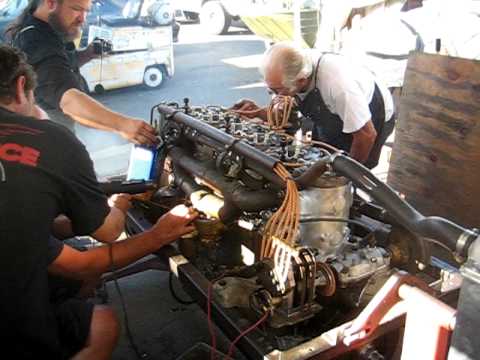The Knight sleeve valve engine: a solution to a problem that would later solve itself.
Let’s take a ride in the time machine that is our collective records of history, and visit a time where automotive innovation happened daily, mostly to compensate for the lack of better materials. Let’s go to the first decade of the 20th century.
One of the examples that best illustrates this is the Knight sleeve valve engine.
The Knight engine was a piston engine developed by Charles Yale Knight, which featured sleeve valves instead of the now ubiquitous common poppet valves.
A sleeve valve is self explanatory, being a sleeve around the piston, inside the cylinder, that opens and closes intake and exhaust ports by sliding up and down in sync with the piston.
Here is a short video with a cutaway of this sleeve valve engine.
The advantages of this included not needing a complex valve train, no camshafts, and most importantly, no poppet valves.
That last one is especially important, here’s why: at the time the processes for manufacturing cylinder heads were not very advanced, and the heads were fragile, poppet valves were hard to manufacture as well, and the lack of precision machining made almost impossible to machine valve seats in a cylinder head, which meant poppet valves could not seal properly.
This problem disappeared when machining began to be more and more precise, making it possible to manufacture heads with smooth and hard valve seats.
Nonetheless, this engine stands the test of time as a great example of what can be don to circumvent the limitations around us.
Watch the Knight sleeve valve engine fire up in the video below.

